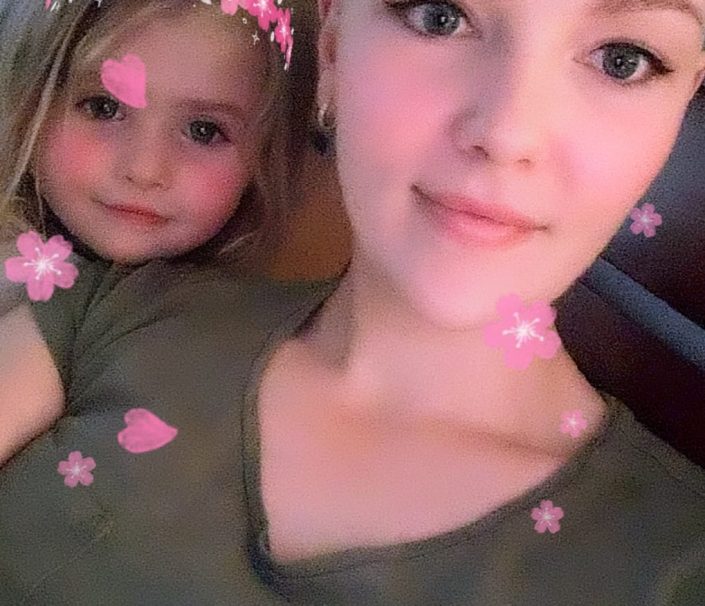Susan‘s Story
Susan 27, was living a busy life as a mother of twins, working full-time with plans to commence part-time in personal training and fitness.
Her sister had been diagnosed with breast cancer a year before. As Susan also shared the BRCA gene, she was already exploring preventative treatment options when she discovered a lump in her breast. Initially suspected to be a cyst, further tests revealed that the lump was breast cancer.
It was awful seeing my sister go through cancer, so I was already in the process of preventative measures. But it was still a shock when the doctors confirmed that I had cancer too.
Susan’s treatment involved surgery, chemotherapy and radiotherapy. The surgery included a double mastectomy and the removal of 25 lymph nodes on one side. After surgery, Susan experienced ‘cording’ (axillary web syndrome) which was treated by a physiotherapist. While Susan continued to work—with days off for treatment and recovery—her husband reduced his work hours to look after the twins. This took a financial toll on the family, who had recently moved to the country and were in the middle of renovations.
After hearing about Breast Cancer Care WA from a clinic nurse, Susan decided to reach out. She received immediate support from one of our specialist breast care nurses, Moira.
All the technical terms—I had no idea. It was great to have the breast care nurse, Moira definitely helped a lot.
Breast Cancer Care WA also provided financial assistance, helping Susan purchase post-surgery bras as well as fuel vouchers for the long country drives to and from appointments at Fiona Stanley Hospital.
We were 98 kilometres from the hospital. To get the fuel help from the government [the criteria] was 100 kilometres.
Prior to surgery, a physiotherapist had warned Susan about lymphoedema—but while recovering she remembers being reassured by another health professional that she was too young to worry about it.
It wasn’t until after all my treatments were done that I actually started experiencing some swelling in my arm.
But between work and family it was difficult for her to find time to make further appointments.
I kept putting it off, then all of a sudden, I’d wake up and my hand would be swollen. Then my wrist would swell up, and then my arm.
After some hesitation, Susan arranged to see a lymphoedema specialist in Mandurah.
The specialist diagnosed her with borderline lymphoedema. “I think I was half a centimetre off actually being classified as lymphoedema with permanent damage,” she recalls. Luckily,
Susan’s condition was still reversible, and she was prescribed a six-week treatment program of weekly physiotherapy and ongoing daily exercises.
Susan’s advice to others, regardless of age, is
If there are signs of lymphoedema, get it sorted as soon as possible.
While people are often told to beware of ‘Dr Google’, Susan believes that it is okay to do research or get a second opinion. Susan’s continues to do her daily exercises to prevent lymphoedema and is doing well. She hopes to pursue her goal of studying personal training and fitness in the future.

